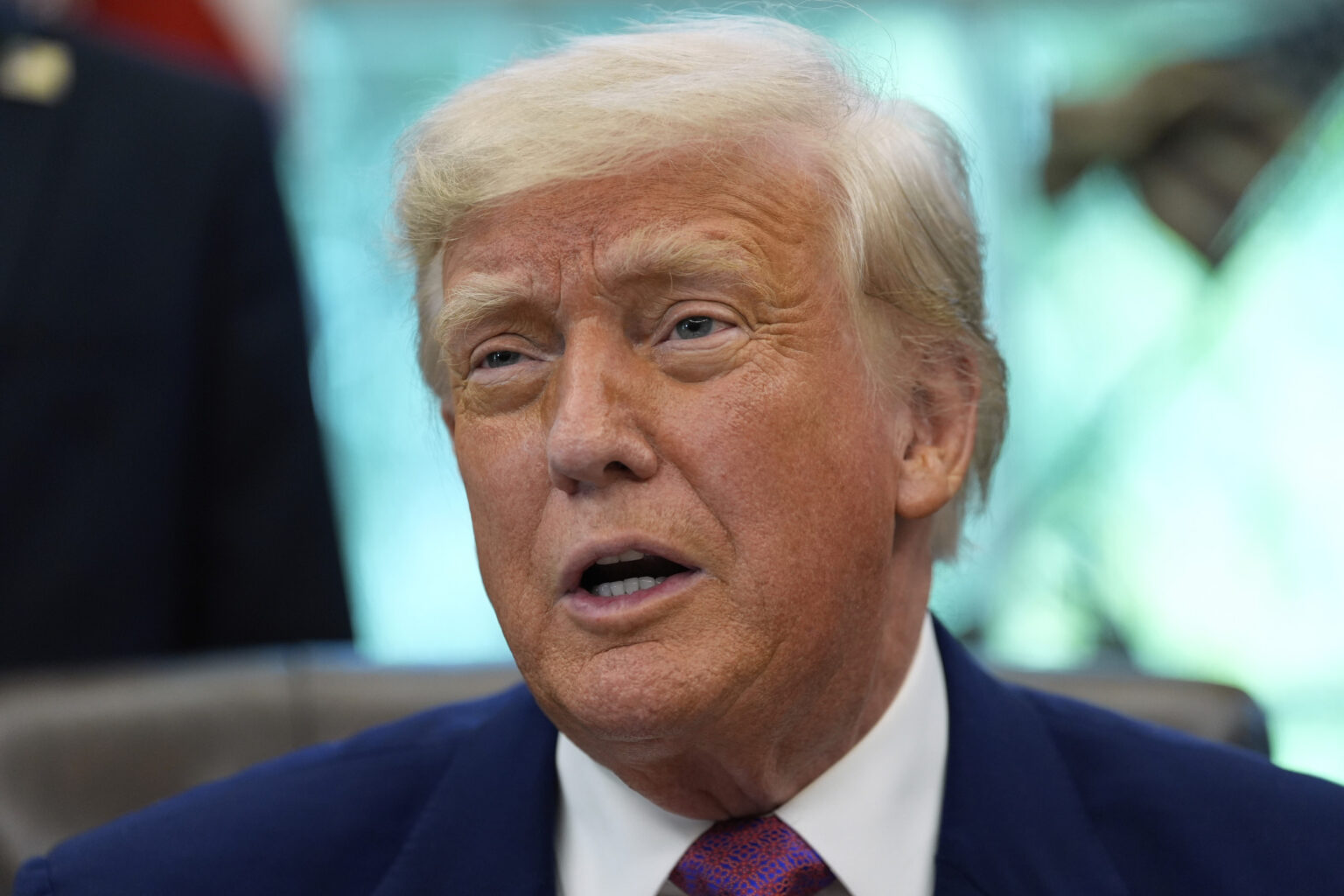President Donald Trump is set to sign an executive order Monday morning that he says will dramatically lower prescription drug prices in the U.S. by tying them to the lowest price paid by any country in the world.
The order, as described by Trump on Truth Social, is based on a “most favored nation” pricing model, a policy approach that his first administration previously tried and failed to implement following legal challenges.
In the Truth Social post Sunday evening, Trump called the initiative “one of the most consequential Executive Orders in our Country’s history,” and said it would reduce drug prices “almost immediately, by 30% to 80%.”
The U.S., he said, would no longer pay more than “the Nation that pays the lowest price anywhere in the World.”
Why It Matters
The executive order is aimed at a long-standing issue: Americans pay significantly more for prescription medications than consumers elsewhere. Prices for brand-name drugs in the U.S. are, on average, three times higher than those in other countries. At the same time, drugmakers often base their business strategies around the U.S. market, where they earn a majority of their global profits.
The chart below shows the cost of ten popular prescription drugs in the U.S. and how prices compare to the cost in the U.K. The data is based on the generic cost of 90 tablet-packs sold in the U.S. with 84 tablet-packs sold in the U.K – and in the case of Albuterol, per inhaler.
A number of drugs were more expensive in the U.K., including Lisinopril, used for treating high blood pressure, Metformin, used to treat type-2 diabetes, Metoprolol, used for high blood pressure and chest pain, and Losartan, another blood pressure and heart-related medication.
However, as the U.K. has a public health service and caps the cost of many prescriptions to £9.90 (equivalent to $13.06), a large proportion of these prescription drugs are much cheaper than the graph shows.
What To Know
Trump framed the disparity in the price of prescription drugs between the U.S. and other countries as unfair to American consumers. “It was always difficult to explain and very embarrassing because, in fact, there was no correct or rightful answer,” he wrote.
“The ‘suckers’ of America, ALONE,” have borne the costs, he said, referencing the pharmaceutical industry’s justification of high prices based on research and development expenses.
Trump did not specify which insurance programs would be affected or how many drugs would fall under the new policy.
A similar attempt during his first term targeted 50 drugs under Medicare Part B, but a federal court blocked the rule on the grounds that the administration had bypassed necessary regulatory steps.
Any new version is likely to face legal hurdles, especially without congressional action. The pharmaceutical industry opposes such pricing rules, warning they would cut into revenue and reduce incentives for new drug development.
Democratic lawmakers have supported similar proposals, but Trump’s version sets him apart from many Republicans, who are typically skeptical of government-imposed price controls.
What People Are Saying
Alex Schriver, a spokesperson for PhRMA, the industry’s top lobbying group, said in a statement: “Government price setting in any form is bad for American patients. Policymakers should focus on fixing the flaws in the U.S. system, not importing failed policies from abroad.”
What Happens Next
The executive order does not itself change federal law, and any attempt to enforce the pricing policy is likely to be challenged in court. The order may also prompt a renewed debate in Congress, where legislative action would be required to make it permanent.
Read the full article here

